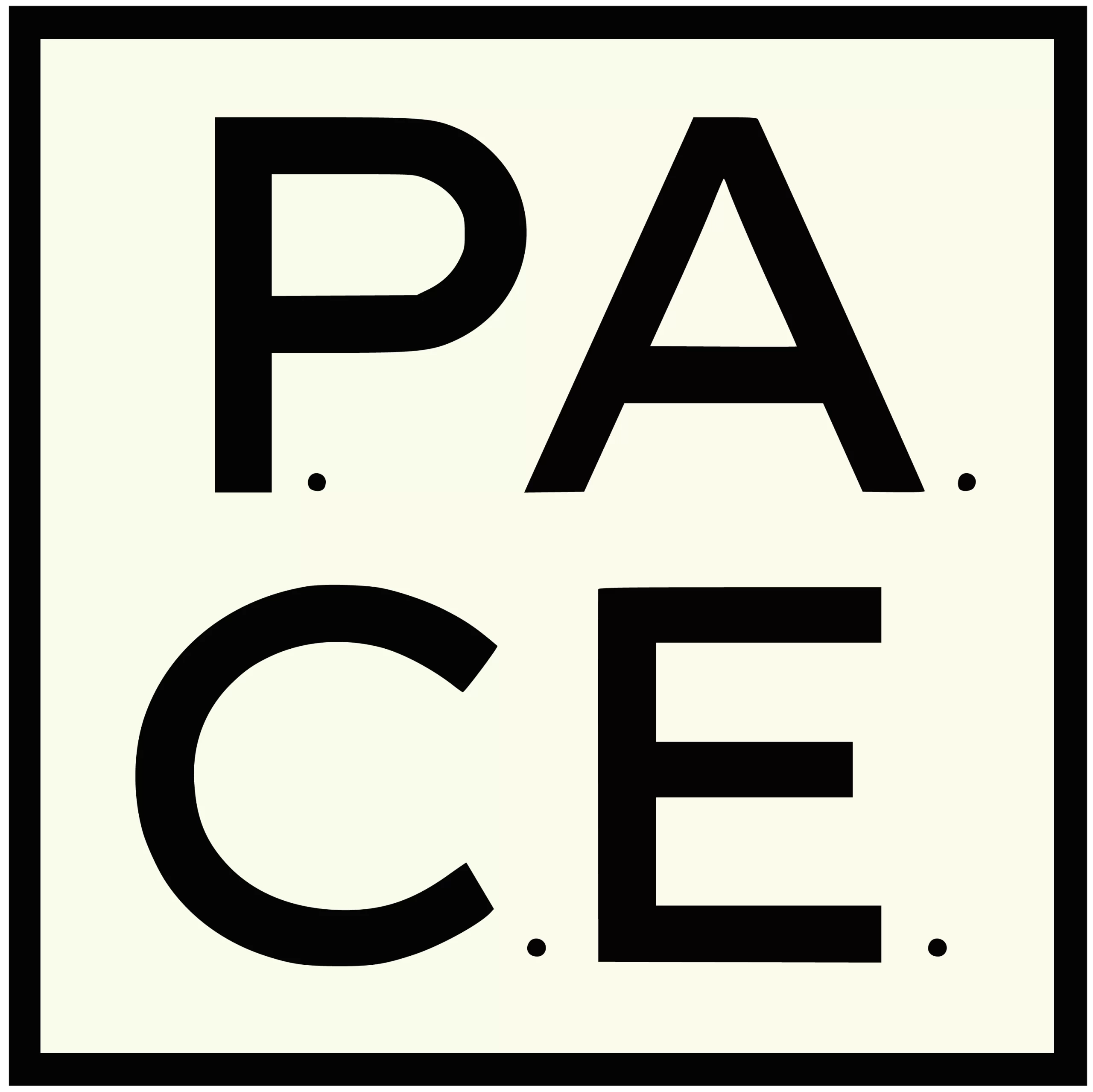VOTER PARTICIPATION REPORT
In recent years, P.A.C.E. has been dedicated to increasing voter turnout in communities and especially among populations that are often overlooked by traditional campaigns. Today, we are thrilled to share with you the latest insights from P.A.C.E.’s ongoing efforts partnering with local leaders and organizations to increase voter participation. Our newly released meta-analysis sheds light on the strategies and tactics that have proven most effective in boosting voter engagement and provides valuable insights for future efforts. The report delves into our voter engagement initiatives and underscores the power of targeted, community-driven campaigns.
Our analysis revealed two key findings:
- Higher Turnout Among Targeted Voters: In 12 out of 13 campaigns, voters targeted with P.A.C.E.’s participation tactics turned out at higher rates than the overall local turnout. On average, these voters had a turnout rate 10 points higher than other voters in the same elections.
- Relational Voter Participation: Our voter participation campaigns prioritize working with a trusted messenger, such as a school or local advocacy organization, and use a broad set of tactics, from emails and social media posts to phone banking and canvassing. We have shown that by combining a relational organizing approach and robust tactical engagement, you can produce an outsized impact on voter turnout and develop a reliable voting bloc that participates consistently in all election cycles.
We invite you to download and explore the full report to gain deeper insights into our methodologies, detailed results, and the implications for future voter participation efforts.
Download the Full Report HERE.



